+968 72444424
-
Service
- Real Estate Service
- Handyman Services
- Home Service
- Appliance Repair
Are you misusing your washer? Read the top five reasons for washing machine problems, and view our interactive photo for tips to correct the common issues of washer abuse, from overloading to using the wrong detergent.
Ever notice mysterious holes in your laundry and eyed your cat darkly? It might not be your washer — or your pet. Whether the problem is an agitator that doesn’t agitate or clothes coming out suspiciously smelly or stained, there are some easy things to check to make sure you’re properly using your washer. Many of the common washer problems are what we gently call “operator error.” In other words, it’s not your machine; it’s you. But don’t worry! We’ve got you covered.
The Resfix Services have identified the top five things people do wrong with their washing machines.
1. Overloading
2. Using too much detergent
3. Using the wrong kind of detergent
4. Filling the washer incorrectly
5. Not leveling the machine
PROBLEM 1: Overloading
WHY IT’S BAD: We’ve all done it. Wedged a few extra items into the wash to avoid doing two loads. You might think you’re saving time and money, but you could get handed a bill for a repair: Overloaded washers won’t clean your clothes properly because there’s no room to circulate, and the extra weight of wet clothes can damage your machine.
SOLUTION: Never fill your washer more than two-thirds full. And refer to your manual to make sure you’re doing what’s right for your model.
PROBLEM 2: Using too much detergent
WHY IT’S BAD: In the trade, we call this the “Brady Bunch Effect.” OK, not really. But that gives you a perfect example of what too much detergent will do: create excess suds. These can block up a washer and cause a malfunction. They can also get caught in your clothes and won’t rinse properly.
SOLUTION: Less can be more. Try using half the amount recommended on the bottle. Ramp it up slowly if your clothes still aren’t coming out as clean as you’d like.
PROBLEM 3: Using the wrong kind of detergent
WHY IT’S BAD: If you have a high-efficiency washer, you need high-efficiency detergent, period. Why? The machines are made for loads that use less water and tumbling, not agitating, washing cycle. Using regular detergent will lead to oversudsing, potentially stopping the cycle and damaging your washer.
SOLUTION: Shop carefully. Look for the high-efficiency (HE) symbol when you’re buying detergent.
PROBLEM 4: Filling the washer incorrectly
WHY IT’S BAD: If you’ve got a top-loader, you might be used to filling the machine with water, then adding the soap and lastly the clothes. This was a trick of laundries past to prevent phosphate residue that accumulated on the drum and could transfer to your clothes. Today, that’s not a problem, and filling up the machine with water before you add the clothes can result in too small a load, potentially unbalancing the machine.
SOLUTION: The proper order of things for top-loaders: clothes, water, soap. For front-loaders: If you’ve got a packet, pop it in the drum, add the clothes and let ’er rip. For liquid, put it into the dispenser, add your clothes to the drum, and hit start. PROBLEM 5: Using a machine that isn’t level
WHY IT’S BAD: Vibrations from an unbalanced washer can damage your floor and shake up the machine’s components.
SOLUTION: Place a level on top of the machine. Adjust the feet as needed (did you know many of them screw up and down?). If that doesn’t do the trick, place a piece of plywood under the entire machine.
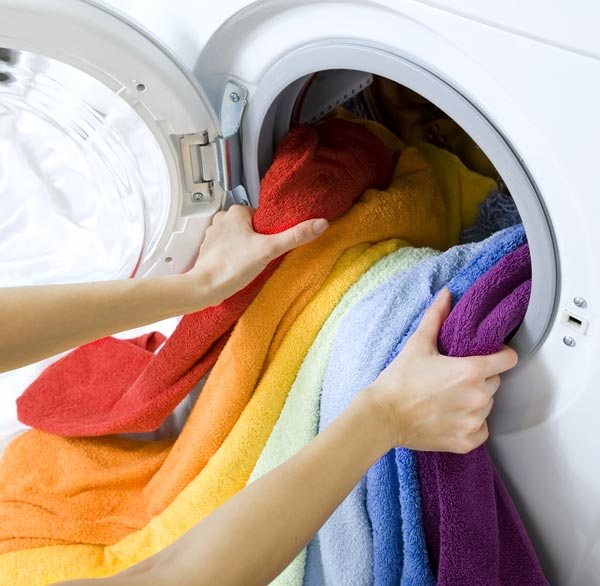
Automatic washing machines offer great convenience to us, but at the same time can frequently develop problems if a good service record is not maintained. Let’s have a look at the most common problems that could arise in fully automatic washing machines.
1. Drainage problem
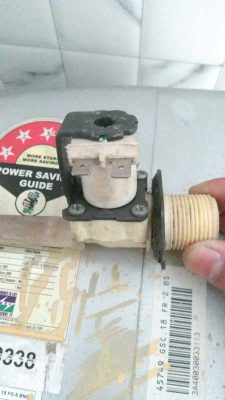
If the automatic washing machine is not draining, the drain motor which controls the out-flow of waste water from the machine is at fault. In cases where the drain water is too slow to flow out, most likely the there’s accumulation of dirt and lint in the drainage system.
2. Wash cycle not starting
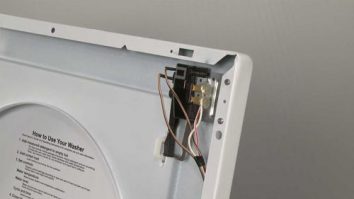
This problem is most common in top load automatic washing machines. Most likely, the sensor which tells the machine the lid has been closed is the cause of the problem due to carbon accumulation or needs re-adjustment. Another cause of the problem is a fault in the weight sensor of the automatic washing machine. Replacing the weight sensor will be required in the latter case.
3. Beeping sound and display showing error on start-up
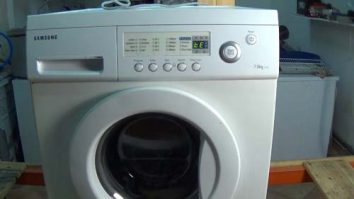
In this state, the washing machine indicates that it has developed an issue with an internal component. The display also shows the related error code which points to the component with fault. These error codes vary from manufacturer to manufacturer. Thus, refer to the user manual of your washing machine to know more.
4. Automatic washing machine vibrating abnormally while operating
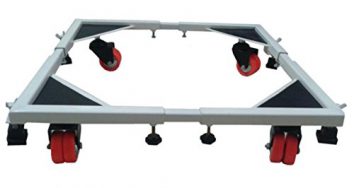
This generally is caused by a poorly balanced washing machine. If the surface underneath the washing machine isn’t horizontal make the necessary changes to the adjustable screws on which the washing machine rests. If your automatic washing machine doesn’t have these screws, buy a stand with adjustable screws and place the washing machine on it. In cases where the surface is horizontal and vibrations still persist, make sure you distribute clothes evenly in the tub before washing them.